House Of Leaves: the prizewinning and terrifying cult classic that will turn everything you thought you knew about life (and books!) upside down
£22.20£30.40 (-27%)
Discover the nightmarish tale of a house that is bigger on the inside than the outside that still inspires devotion among an army of fans… Experimental in terms of design, typography, structure and content, this is a fully immersive and novel reading experience you won’t be able to forget. Perfect for fans of Twin Peaks, Black Mirror, Stranger Things and IT.
‘House of Leaves has continued to reward readers prepared to navigate its labyrinth, with a community of fans ready to support them if they ever get lost in the dark’ – Guardian
‘At once a genuinely scary chiller, a satire on the business of criticism and a meditation on the way we read’ – Observer
‘Thrillingly alive, sublimely creepy, distressingly scary, breathtakingly intelligent’ – BRET EASTON ELLIS
WHAT READERS ARE SAYING:
‘I’ve never read anything like it’ – 5 STARS
‘Strange, highly addictive and slowly creepy’ – 5 STARS
‘A book like no other’ – 5 STARS
‘The creativity and originality is astonishing’ – 5 STARS
‘Unreservedly recommended’ – 5 STARS
‘Buy it, read it, and explore it’ – 5 STARS
********************************************************************************************
A young couple – Pulitzer Prize-winning journalist Will Navidson and his partner Karen Green – move into a small home on Ash Tree Lane.
But something is terribly wrong – their house is bigger on the inside than it is on the outside.
Neither Will nor Karen are prepared to face the consequences of this impossibility.
What happens next is loosely recorded on videotapes and interviews, leading to a compilation of the definitive work on the events on Ash Tree Lane, unveiling a thrilling and terrifying history.
Loose sheets, stained napkins and crammed notebooks prove to be far more than the ramblings of a crazy old man . . .
___________________
Winner of the New York Public Library’s Young Lions Fiction Award
Read more
Additional information
| Publisher | Doubleday, 2nd ed. edition (6 July 2000) |
|---|---|
| Language | English |
| Paperback | 736 pages |
| ISBN-10 | 038560310X |
| ISBN-13 | 978-0385603102 |
| Dimensions | 18.2 x 4 x 23.5 cm |

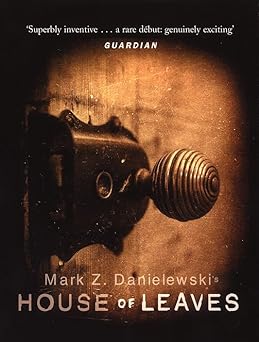
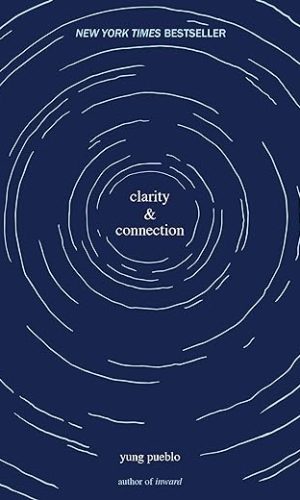
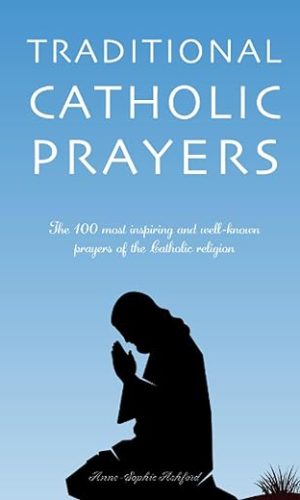
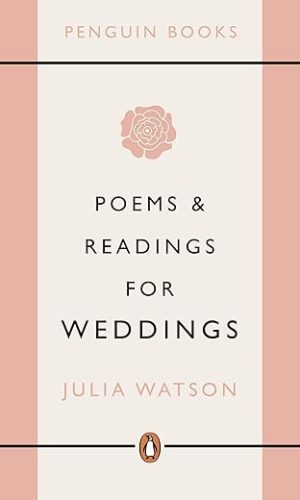

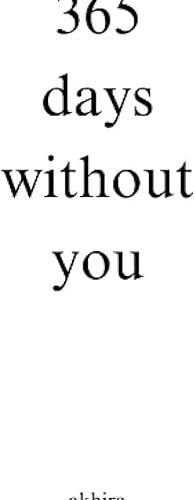
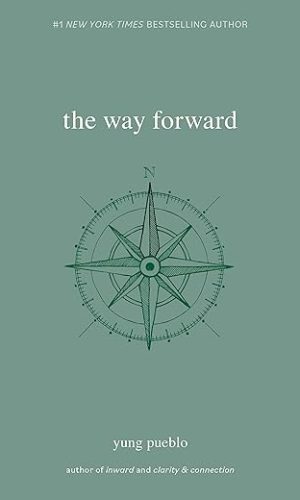

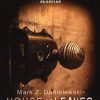
by Danielle
I was disappointed to find the book was the black and white incomplete version of the book, even though it’s still the most expensive book I have. Still, it is a great read and it’s still taking over my every thought. As this book is intended to do!
by Kim
Little water damage in the corner but doesn’t really affect the pages. Book is amazing and the full colour version if that’s what your looking for!
by S. Taylor
Mark Z. Danielewski’s House of Leaves is without question the most original novel of the naughties, first published in 2000.
The core tale is of a house which grows an extra hallway on the inside but remains unchanged on the outside. The hall grows, shrinks, moves, devours, terrifies and psychologically scars its guests. The house’s resident, Navidson, makes a documentary about it called The Navison Record. The thrust of the narrative is an elongated essay by the now-deceased viewer, Zampanò, which is further edited and commentated on by its finder Johnny Truant, whose tale is told in footnotes. A third anonymous editor (possibly Danielewski) butts in now and then.
Navidson’s quests into the hallway with various comrades are chilling. Zampanò’s retelling of it shows the drama possible through academic research. In a book so dense with symbology and recurring themes, it is actually of benefit to have Zampanò analyse the story as we go. The rabbit trails and tangeants can however become tiresome, and it does require a great deal of perseverance at times to plod on.
Truant’s story is altogether different. A junkie, tattoo parlour worker and general philanderer, he becomes greatly influenced by editing Zampanò’s manuscript. Danielewski does a brilliant job in contrasting the controlled, careful writing of Zampanò with the rambling, expletive-filled nonsense of Truant. Truant is at times hilarious, greatly insulting to the reader and unreliable (on more than one occassion he admits to making something up) which makes him a great antidote to the formalities and constraints of his counterpart. He is, however, annoying. Drug-induced or psychosis-induced narrative turns into incoherent mess of words that just can’t be followed; he is at his most clear when he’s pornographically reliving his many dalliances with girls, and fantasies of Thumper. He’s seriously screwed, at one point imagining the ways in which his mate’s list of conquests have been molested and dreaming of at least two violent murders.
Mention must be made of one of the most unique aspects to the book: its layout. The words climb like a ladder, fall like a stone and are mixed with French, German, Latin, Morse Code, Braille and musical scores. The layout changes are always in keeping with the plot and make it great fun, underlining just how bizarre the story is. They’re not as frequent as you might think but certainly add an extra layer of enigma.
House of Leaves may be a victim of its hype. It isn’t all that over-enthusiastic fans promise it to be, but it does transcend genre, crashes through classifications and changes the very concept of what a book should be. Brilliantly bonkers, fantastically unique and absoluely terrifying. Well worth a read – if you have the guts to survive the ride…
by Mark. O. P
I first read House of Leaves (HoL) when I was 20 at University over 8 years ago, consuming it in around three weeks (or is that the other way around?). Upon the first reading I pored over many parts slowly to try to truly understand them and take in the beauty and depth of the prose. Some of it it literary poetry; some of it is literally poetry. I’ve since returned to the House a few times; it’s one to revisit for sure. The D(evil) is in the details, as is G(o)od. It is a bit of a tome but I would say it’s worth it…
Note: there may be minor accidental spoilers here so read on at your own risk (of boredom).
Also note, and not to be elitist here, but a keen mind and breadth of general knowledge can certainly help unlock the depths of this work and thus it’s effect on the reader. Alternatively you may find yourself stopping to look things up to understand the context or a particular reference, which slows the impetus of the book down.
Though maybe this isn’t such a bad thing; Zampano is meant to be pretentious, and a beacon that a college education or a doctorate has no effect on one’s potential or ability. The veracity of his story of the House to Truant and it’s effect on him doesn’t seem to be affected by this pretention, however…Always remembering that Johnny is pretentious also and puts together Zampano’s morass of paperwork as he found it in a mess. Who’s work is HoL, really? Old man Z’s or Truant’s? How much has Truant edited it?
Concerning darkness: many have mentioned the dark and sombre tones within HoL. And yes, there is a solemn resonance, a violent and grisly presence in places from both Zampano’s creation (the House) and perhaps even more so in Truant’s life. And the picture painted seems so clear to me, despite the ethereal/dream-like nature of the story-telling in place (alas the power of books/imagination; it puts a certain tint over your eyes while reading, and afterwards). However, I would posit that the book’s obvious dark tenebrosity and heaviness is offset with LIGHT, humour and an ethereal energy. An alchemy of which can make for an overwhelming read. It would also make it incredibly difficult to make into a film. Muted tones and big on hi/lo dynamics would be the order of the day. And perhaps, like Inception, a different cinematography for Truant’s life (‘awake’) and Zampano’s story (‘fiction’) to distinguish between the two…
Suffice it to say, aside from the clear narratives of Navy and Johnny Truant there is room for interpretation of HoL in several places.
I’ve found it can inspire long, spiralling, edifying conversations with like-minded friends about the nuances of what certain things mean, or if there even is an intended meaning (for example, the numerous codes hidden in the book – some seem to be just that, clever codes. Search them and decide for yourself).
In any case HoL seems to stir debate around both the deepest and most arcane, as well as most light-hearted and trivial things. What was affirming is that despite the complexity in the delivery and style, the vast majority of what was understood and apparently felt was the same, while the fringes remain more hazy and interpretative. Case in point, do you believe a monster inhabits those ashen walls, or is this just human irrationality?
In any case, the LIGHT mentioned before appears ‘hidden’ in plain view. In the relationships between Navidson and his family, of love and hope, examined heavily through the enlightening off-shoots into philosophy, Greek/Norse mythology (e.g. the ‘minotaur’, Yddrasil etc etc), religion and myriad religious references (Cain and Abel as a trope for Tom and Will Navidson, the H*ly tape), science and reason (professor Billy Reston, Navidson’s recordings and the scientific instruments trying to understand the House), the sense of journey, awe and adventure into the unknown (Holloway and the team’s exploration into the labyrinth) – and of course the ending in some ways. If one understands these depths and levels, there is lots of light even down in the fathoms of the House. A bit like ‘negative space’ seen in some artworks, any absence of darkness can be seen as light.
In another sense of enlightenment, we know the truth of what happens in the story; of the heroism and anti-heroism, of it’s gravity if it were to be a true story, not just a dark fairytale. The expansive picture we are drawn (however dark in the House) is enlightening; the way it is written is congruent with a feeling of privilege to be one of the few to come across the story. Or to ‘see’ the film captured by Navidson.
In sum, Light, dark – and the greyness in-between – is a core theme of the book: “Some people reflect light, some people deflect it, you by some miracle seem to collect it”.
If you allow yourself to get into the depths, however, you should come out smiling on the other side. “Non sum qualis eram” – you will not be what you once were, hopefully in a good way. You may come to a more deep, ‘truthful’, multi-faceted way of looking at things (just as we have the bird’s eye view from Zampano’s story; an insight into all the characters’ traits and thoughts as the story unfolds through a film verite-like direction)….but I guess the outcome for the reader depends on what kind of person you are, how you’re feeling at the time of reading, level of cognitive ability, EQ etc etc, the same as many other books. But multiplied in this case.
It would be remiss to omit a word or two on the atypical typography within HoL – words strewn all over the place as the story unfolds, the footnotes giving authority and dual narrative. These directional qualities becoming more a factor, and more intertwined (and perhaps disjointed) later in the book, as the labyrinthine House shows itself for what it is (or isn’t?). But you soon get used to this with a bit of patience; it isn’t so arduous once you come up with a system/order of reading…
What’s more, this under-used typographic quality adds another dimension and texture to the book. It is not a gimmick used just to mess around with the text, nor is it devoid of reason or feeling. At times it helps set the pace of the book, giving it a film-like quality. At times it allows context or switching between the two main narratives. It raises questions about it this was Zampano’s style or the work of Truant’s drug-addled mind (he seems almost as much of a savant at spinning a yarn as old man Z). Finally, this format also makes it almost impossible to issue an electronic version. Something I rather like. The Book itself in a sense is the House of Leaves; it is the story of the House, the burden of pages that Truant finds, puts together and weighs heavy on him due to his upbringing and his character. The book cannot be contained on a backlight screen; it needs to live in leaves, in pages. (Sounding as pretentious as old man Z here perhaps. But not without intention).
A lot of wisdom and strength is there for the taking within HoL. Living vicariously through Truant’s ‘real’ struggle or Navidson’s ‘fictional’ struggle with a power which seems uniquely divine, or perhaps the part doorway to ‘hell’ or elsewhere; somewhere ‘uncanny’. Depending on how you want to read it. “The ruminations are mine, let the world be yours”.
It’s no surprise that it took apparently a decade to complete the drafting of this book. And despite the number of novels my eyes have taken in, it is the greatest story I have come across.